I already have controllers and views in folders under the project name. I added an Area folder and then an area inside it and called it Home and then moved my controller and index view into it. But when I connect to the index I get an error and it looks like the path where it's looking for the index is the old path, how do I change this to the new path?
Here is what I created
In 'HomeAreaRegistration' I see this under RegstrationArea
public class HomeAreaRegistration : AreaRegistration
{
public override string AreaName
{
get
{
return "Home";
}
}
public override void RegisterArea(AreaRegistrationContext context)
{
context.MapRoute(
"Home_default",
"Home/{controller}/{action}/{id}",
new { action = "Index", id = UrlParameter.Optional }
);
}
}
But when I run the application in IE, here is what I see in the browser! It looks like it's looking for the index.cshtml in the old path location, not the new path location in the new area 'Home'
It looks like the route engine is looking in the wrong location. So here is what my RouteConfig.cs file looks like.
routes.MapRoute(
name: "Default",
url: "{controller}/{action}/{id}",
defaults: new { controller = "Home", action = "Index", id = UrlParameter.Optional }
);
Even when I try 'https://localhost:44301/Home/Index.cshtml' it throws a HTTP 404 error.



